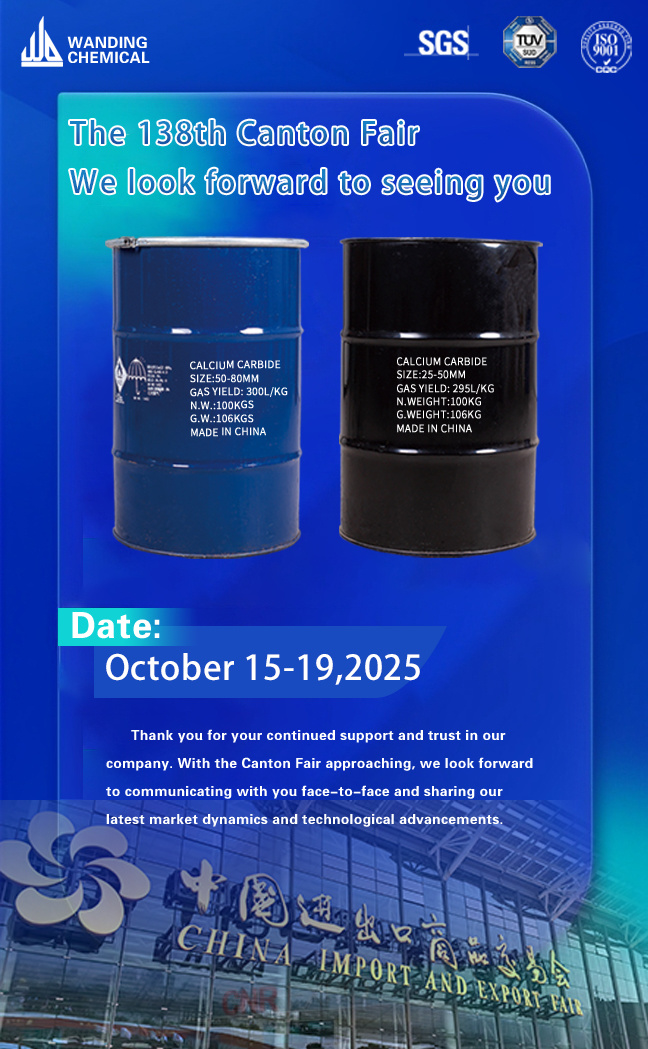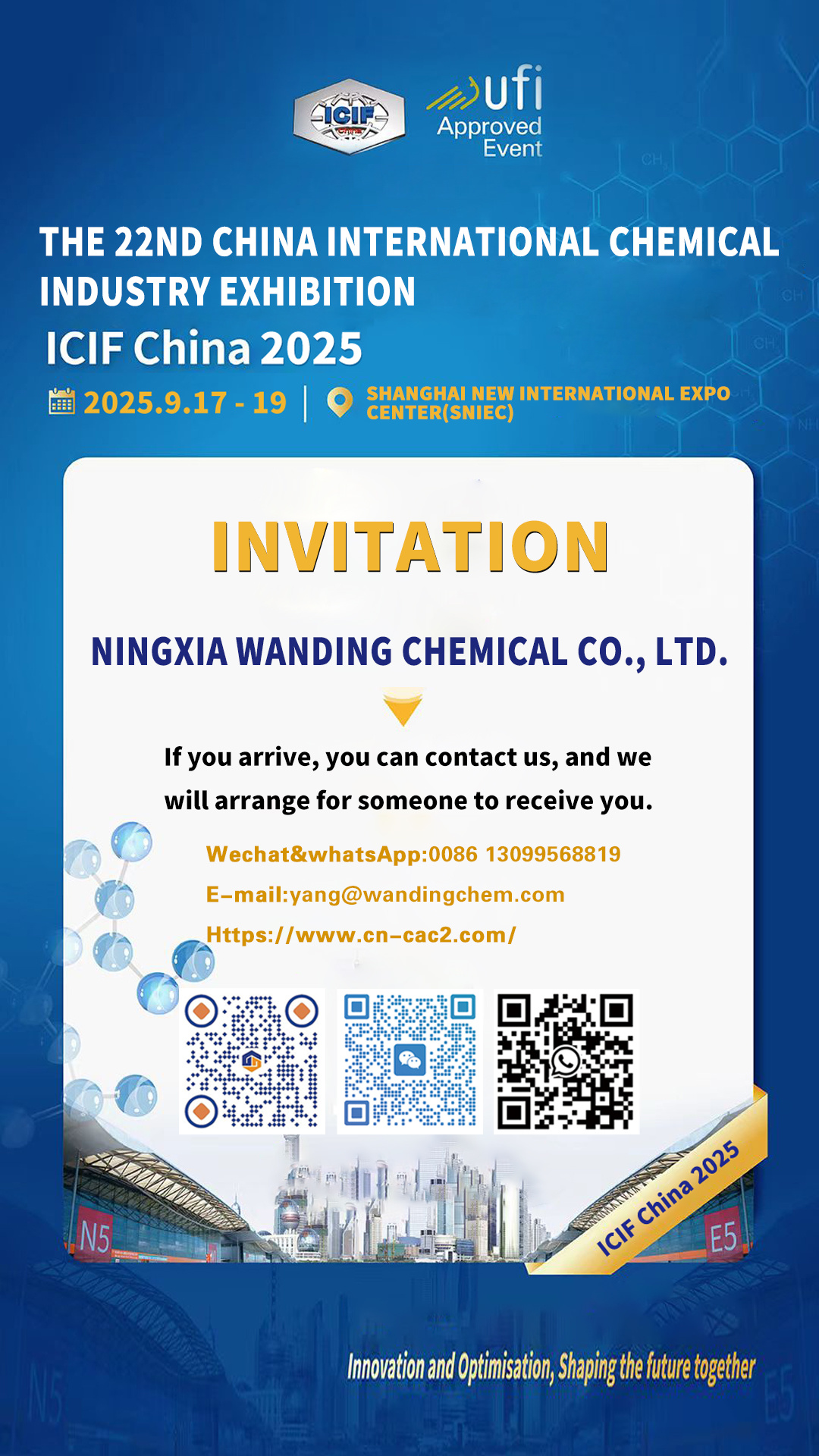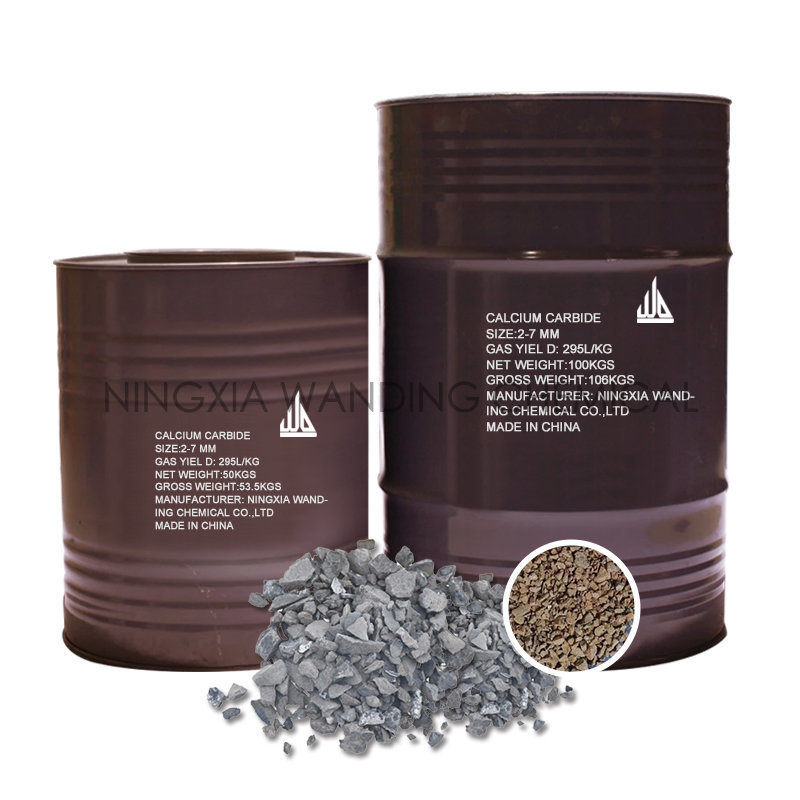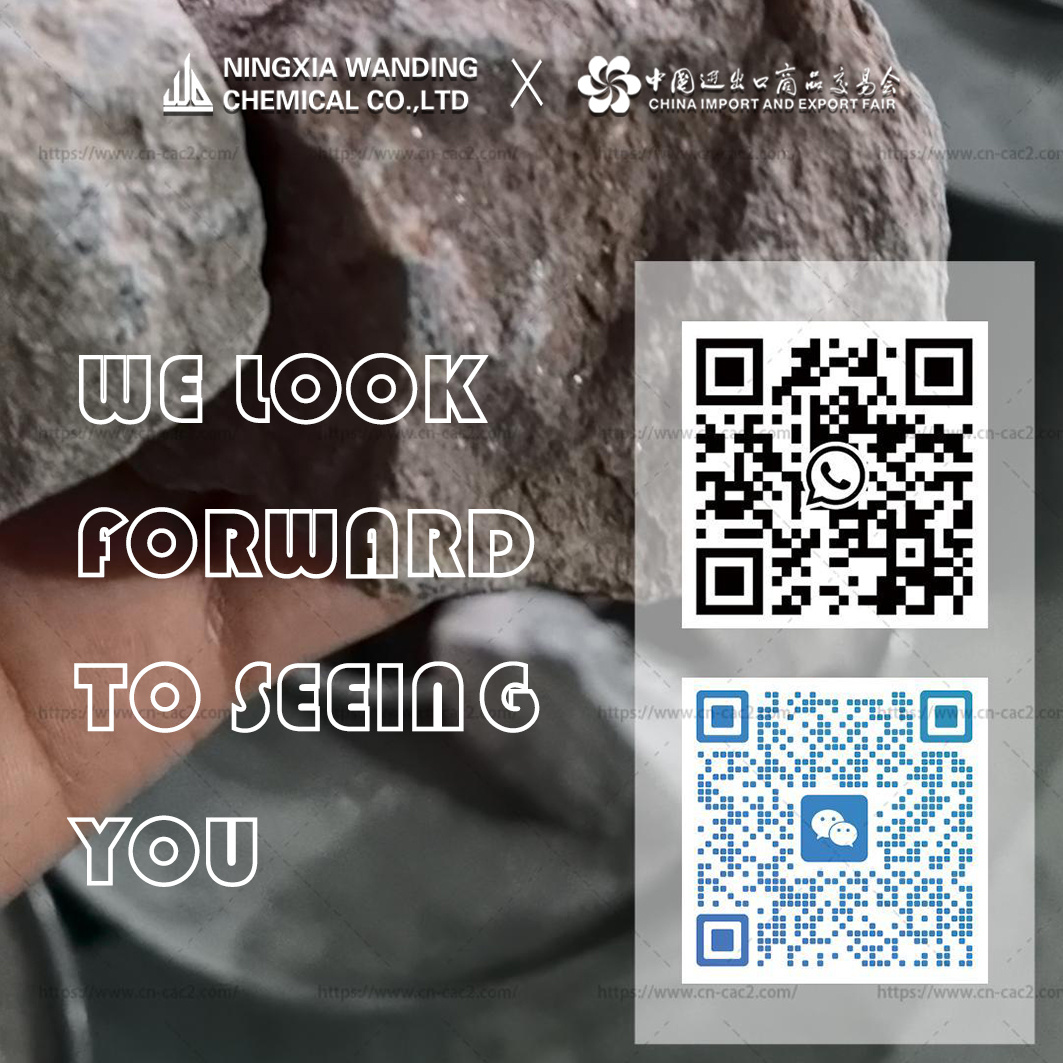Exploring the Potential of China’s Calcium Carbide Industry
Release Time:
2025-02-17
Calcium carbide (CaC2) is a pivotal chemical compound with extensive applications in various sectors, predominantly in the production of acetylene gas and as a key ingredient in the synthesis of other chemicals. The calcium carbide factory landscape in China is characterized by significant production capabilities, propelled by the country's abundant resources and advanced technological frameworks.
Calcium carbide (CaC2) is a pivotal chemical compound with extensive applications in various sectors, predominantly in the production of acetylene gas and as a key ingredient in the synthesis of other chemicals. The calcium carbide factory landscape in China is characterized by significant production capabilities, propelled by the country's abundant resources and advanced technological frameworks.
In China, the chemical formula for calcium carbide is straightforward: it is produced through the reaction of lime (calcium oxide) with carbon in an electric arc furnace at elevated temperatures, typically exceeding 2000 degrees Celsius. This process not only underscores the importance of raw material availability but also highlights the energy-intensive nature of calcium carbide production. The chemical formulation and quality of produced calcium carbide can vary based on the raw materials used, the technology of the production process, and the operational parameters of the factory.
The factories dedicated to the production of calcium carbide in China often leverage state-of-the-art technologies to enhance efficiency and minimize environmental impact. Innovations such as closed-loop systems and advanced emission control measures are becoming commonplace. These advancements help to reduce the carbon footprint of calcium carbide manufacturing, aligning with global sustainability goals.
Moreover, understanding the regulatory landscape is crucial for any stakeholder in the calcium carbide industry. China has stringent environmental regulations that govern the production of chemicals, including calcium carbide. Factories must comply with these regulations to ensure safe and sustainable production practices. This compliance not only affects operational costs but also impacts the overall market competitiveness of calcium carbide products.
Market trends indicate a growing demand for calcium carbide, driven by its applications in the production of synthetic resins, plastics, and other chemicals. As industries evolve, the need for high-quality calcium carbide from reliable factories becomes increasingly critical. Stakeholders should monitor market dynamics, regulatory changes, and technological advancements to navigate this landscape effectively.
In summary, the calcium carbide factory sector in China presents a wealth of opportunities and challenges. Understanding the chemical formula, production techniques, regulatory environment, and market trends can provide valuable insights for businesses operating in the non-metallic mineral field. By staying informed and adaptable, stakeholders can leverage the potential of this vital industry for future growth and success.
In China, the chemical formula for calcium carbide is straightforward: it is produced through the reaction of lime (calcium oxide) with carbon in an electric arc furnace at elevated temperatures, typically exceeding 2000 degrees Celsius. This process not only underscores the importance of raw material availability but also highlights the energy-intensive nature of calcium carbide production. The chemical formulation and quality of produced calcium carbide can vary based on the raw materials used, the technology of the production process, and the operational parameters of the factory.
The factories dedicated to the production of calcium carbide in China often leverage state-of-the-art technologies to enhance efficiency and minimize environmental impact. Innovations such as closed-loop systems and advanced emission control measures are becoming commonplace. These advancements help to reduce the carbon footprint of calcium carbide manufacturing, aligning with global sustainability goals.
Moreover, understanding the regulatory landscape is crucial for any stakeholder in the calcium carbide industry. China has stringent environmental regulations that govern the production of chemicals, including calcium carbide. Factories must comply with these regulations to ensure safe and sustainable production practices. This compliance not only affects operational costs but also impacts the overall market competitiveness of calcium carbide products.
Market trends indicate a growing demand for calcium carbide, driven by its applications in the production of synthetic resins, plastics, and other chemicals. As industries evolve, the need for high-quality calcium carbide from reliable factories becomes increasingly critical. Stakeholders should monitor market dynamics, regulatory changes, and technological advancements to navigate this landscape effectively.
In summary, the calcium carbide factory sector in China presents a wealth of opportunities and challenges. Understanding the chemical formula, production techniques, regulatory environment, and market trends can provide valuable insights for businesses operating in the non-metallic mineral field. By staying informed and adaptable, stakeholders can leverage the potential of this vital industry for future growth and success.
News Hotspot





















